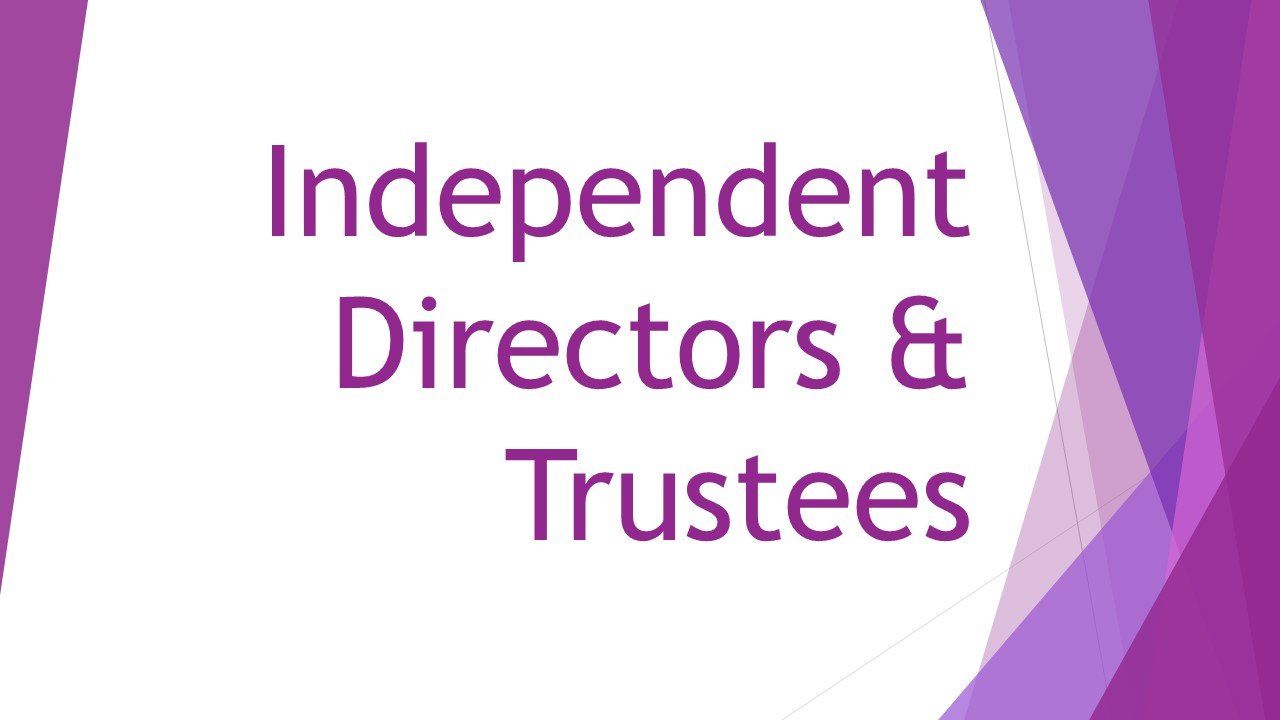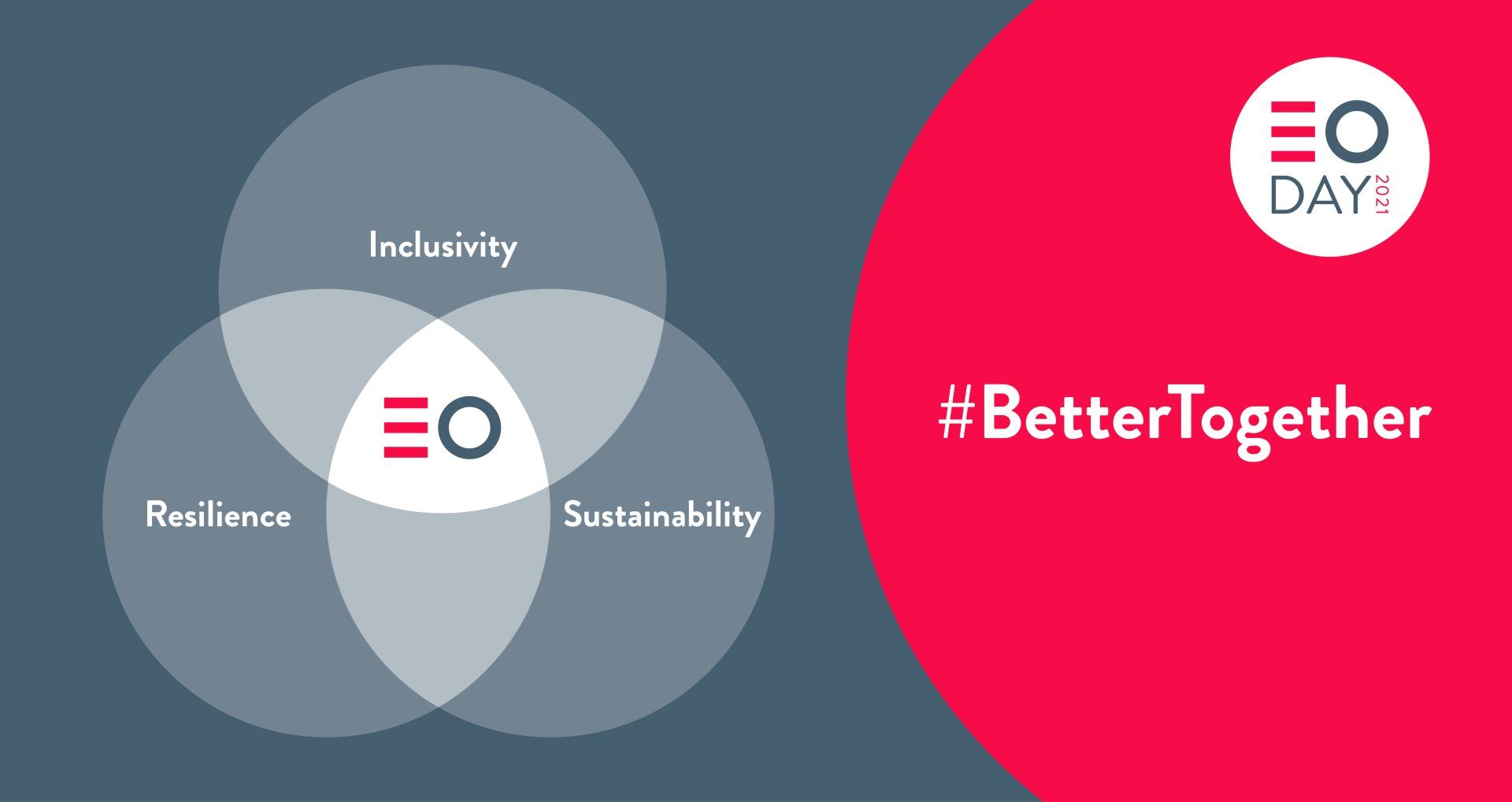Leadership Self-Awareness
- by Simon Carter
- •
- 02 Sept, 2020
Self-awareness as a leader can be your boost, or your barrier, to engagement across your organisation

We are all encouraged as leaders to become self-aware, to understand our individual style and how it impacts on those you lead. But in many organisations, you are likely to be part of a leadership team – and, as employees see it, one entity, ‘the leadership’.
And just as the actions of a single leader set the tone for their team, the underlying mood and spark of the organisation is determined by how ‘the leadership’ is perceived.
Self-awareness at this level takes on a new perspective. It is easy for senior leadership to become so absorbed in their circles to not even realise the impression they are creating. But they are being watched, understandably – people want to be confident in those their security depends on. From where employees sit, every word and deed, or absence of word and deed, counts.
There can be little appetite for engagement if people believe the leadership is working in its own world while on the front-line, they plough on; where they sense there is discussion, but they are not part of it.
That is not to say people need or want to know everything, but it is about mutuality; they are generating information that is fed into the leadership, so something must be happening with it.
The leadership may of course believe there is plenty of communication, but there will be limited connection if employees feel they are only brought in once the decision has been made, or if they see no evidence that anything they say gets worked into the decision making, or if word from the top is consistently out of touch with their issues, concerns or mood in the workspace.
Effective communication in an organisation normalises links between the leadership and front-line, allowing expertise and insights from each end to merge and ensuring the clarity and direction that enables those at the front to best deliver. The effect is almost sub-conscious when atmospherics as seen from the top are part of a natural cascade through the management chain and provide routine orientation; it signals teamwork and opens channels for engagement.
Because the will to engage comes down to whether people feel they are viewed as part of the machinery or part of the team, and the confidence to speak comes from whether they feel they sit at the end of a communications process, or feel they are part of a genuine dialogue. It is about when and how people are spoken to.
Actions are as telling as words when it comes to sending a message and promoting cohesion.
Employees are quick to detect cracks or inconsistencies in the leadership, and so are outsiders.
Conversely, the whole organisation buzzes when the leadership are seen to be acting as a strong team, conversant with the picture, in each other’s minds and as one.
Ultimately, the image people form of their leadership crosses into their perception of the organisation’s culture; it reflects what they are experiencing and living, it trumps stated values, and it transcends the actions of individuals within the leadership team. That image may be quite different to what the leadership intended or how they believe things are, but a disconnect could be creating barriers rather than unity.
Understanding how those disconnects can occur comes down to collective self-awareness, as a leadership team, and recognising the ideals you portray through your communications and interaction. It makes the difference between a workforce that is detached, or one that is thinking with you and engaged.


